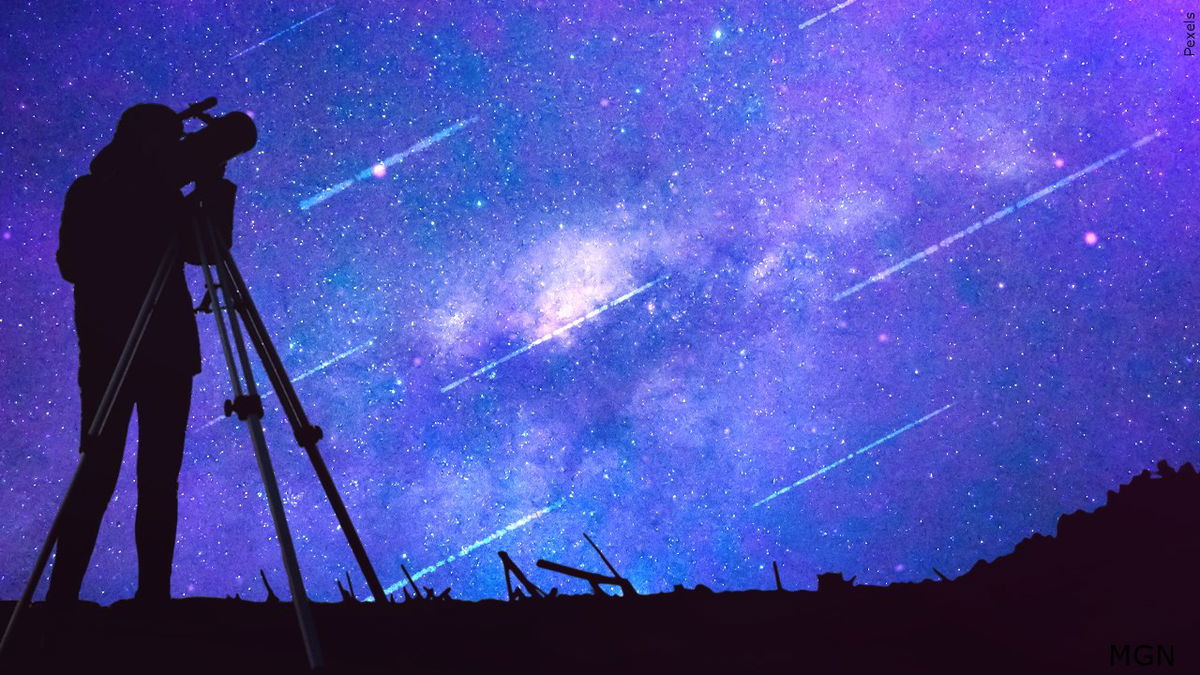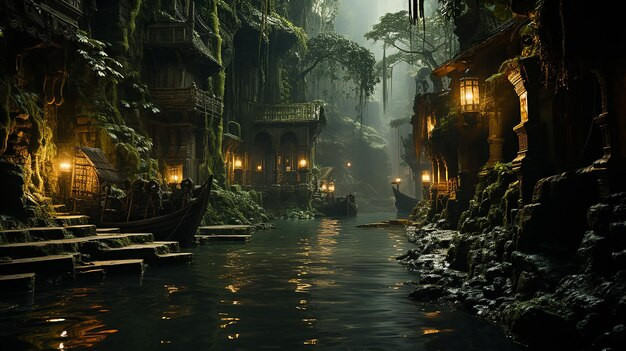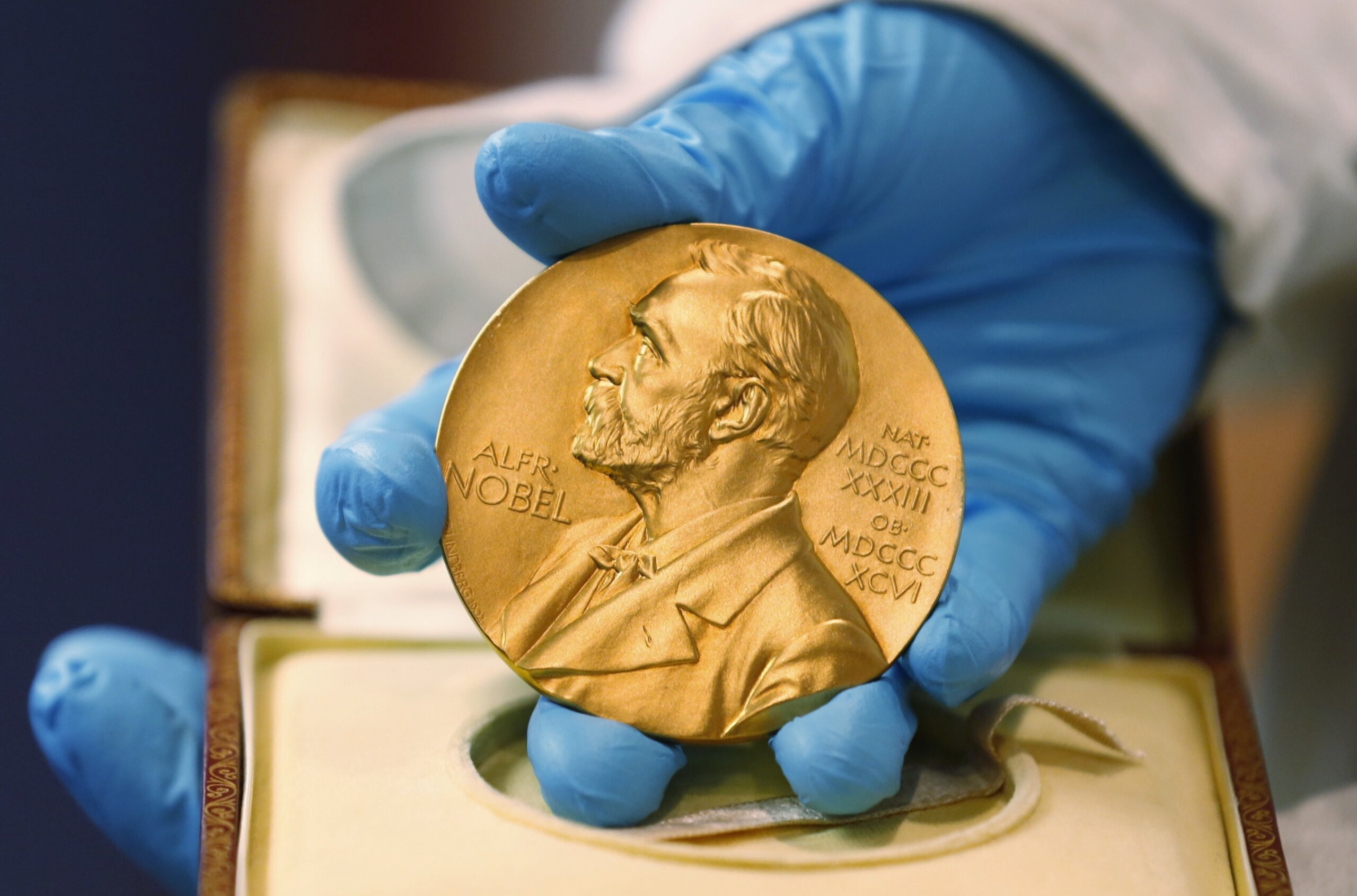Annual Quadrantid Meteor Shower: 2025's First Celestial Fireworks Show!
While fireworks are a traditional way to welcome the new year, a spectacular natural phenomenon lit up the northern sky this weekend: the annual Quadrantid meteor shower reached its peak. This celestial event, named after the now-obsolete constellation Quadrans Muralis, offered a breathtaking display for those in the northern hemisphere. Meteors appeared to radiate from the constellation Boötes, near the familiar asterism known as the Plough or the Big Dipper.
Peak Viewing Times and Locations
Unlike many meteor showers that peak over several days, the Quadrantids' peak was remarkably short, lasting only a few hours. According to NASA, under ideal conditions, observers could witness anywhere from 60 to as many as 200 meteors per hour. The optimal viewing time in 2025 was during the early morning hours of January 3rd. In the UK, the best time to view the shower was from late night on January 3rd to dawn on January 4th, according to Dr. Shyam Balaji, a researcher in astroparticle physics and cosmology at King’s College London. Clear skies across the UK provided perfect viewing conditions.
Understanding Meteor Showers
Meteor showers occur when the Earth passes through trails of dust and debris left behind by celestial bodies such as comets. For years, the origin of the Quadrantid meteor shower remained a mystery. However, in 2003, Dr. Peter Jenniskens, an astronomer at the NASA Ames Research Center and the Seti Institute, identified the source as the near-Earth asteroid 2003 EH1, solving a long-standing astronomical puzzle. This discovery highlighted the importance of continued research and observation in unraveling the mysteries of our solar system.
The Quadrantids' Unique Characteristics
The Quadrantids are known for their distinctive features. Dr. Balaji noted that the shower was particularly colorful, with many meteors appearing bright blue. This phenomenon is attributed to the high velocity of the meteors and the presence of elements like magnesium and iron, which emit blue light upon burning up in Earth's atmosphere. These bright fireball meteors created a truly unforgettable spectacle for those fortunate enough to witness them. The waxing crescent moon also contributed to relatively good viewing conditions, minimizing light interference and enhancing the visibility of the meteors.
Advice for Optimal Viewing
For those eager to witness the celestial display, the key was to find a dark location, far away from city lights and streetlights, to minimize light pollution. After allowing their eyes to adjust to the low light conditions, stargazers could simply scan the sky with their eyes, and they did not need any special equipment, as the meteors produced large, bright streaks of light as they burned up in Earth’s atmosphere. The meteors traveled at an astounding speed of approximately 40 kilometers per second, burning up at altitudes above 80 kilometers in less than a second. As Dr. Robert Massey, deputy director of the Royal Astronomical Society, aptly described, "They have a pretty strong intensity if you happen to be in the right place at the right time." While fewer meteors were visible in the UK compared to the west coast of the US, the shower still offered a strong display.
More Than Just a New Year's Treat
The Quadrantid meteor shower isn't just a visually stunning event; it also serves as a valuable opportunity for scientific research and public engagement with astronomy. The high number of meteors and their bright, often colorful streaks make them excellent subjects for observation and photography. The event underscores the beauty and wonder of the natural world, inspiring curiosity and appreciation for the cosmos. The lack of a full moon further enhanced the visibility, allowing for a clearer view of the celestial spectacle. The event is a reminder of the dynamic processes occurring in our solar system and the constant movement of celestial bodies. The Quadrantids, with their bright fireballs and relatively short peak, are a perfect New Year's treat for anyone who is interested in the night sky. Whether viewed from the UK, the US, or elsewhere in the Northern Hemisphere, this annual event brings wonder to the New Year. The fact that this shower is caused by the near-Earth asteroid (196256) 2003 EH1 shows how much we still have to learn about our solar system. The show continues to remind us of the marvels of the universe. Even without special equipment, the celestial display is sure to mesmerize onlookers. The annual Quadrantid meteor shower is a magnificent start to the new year.

















